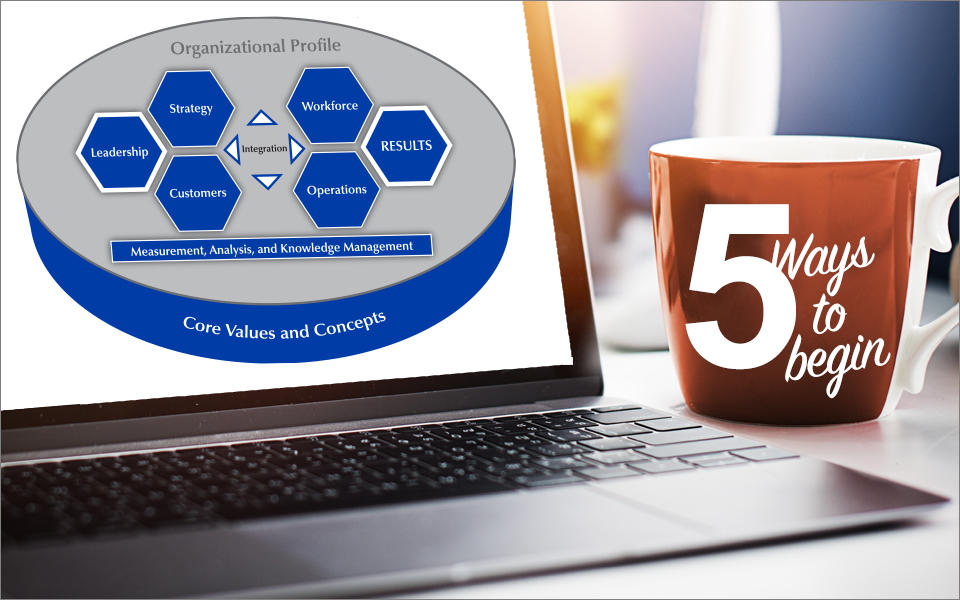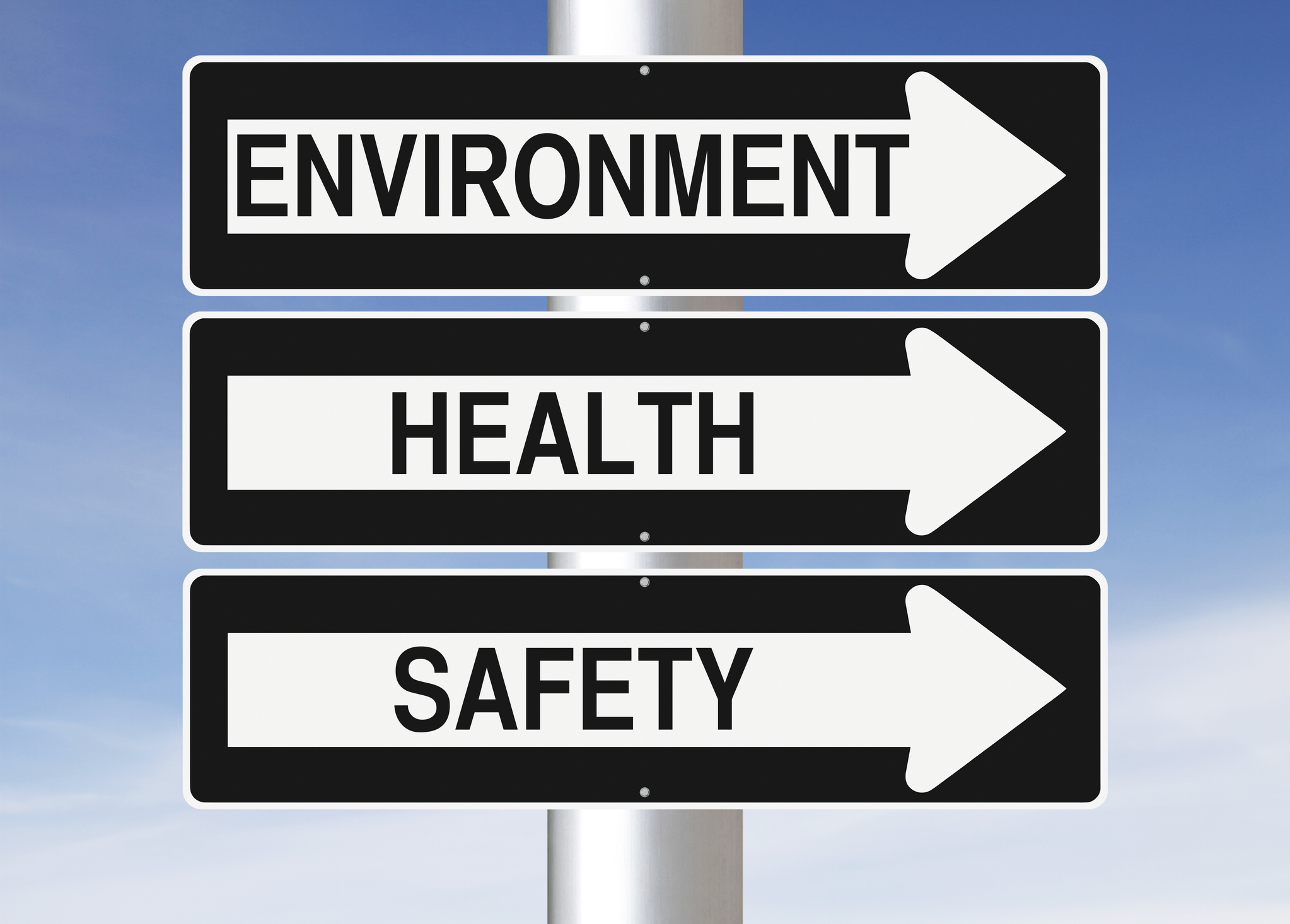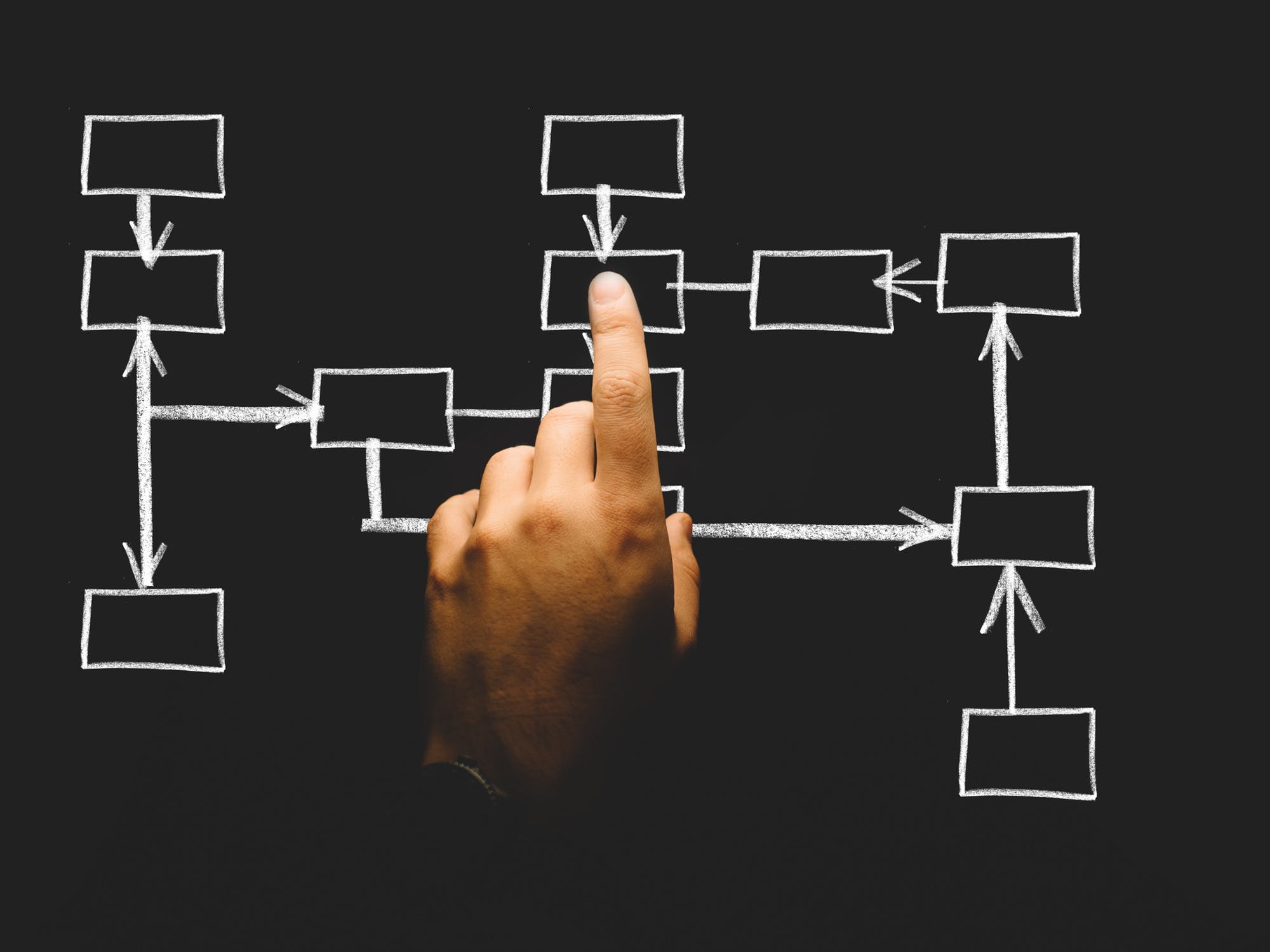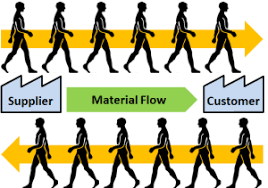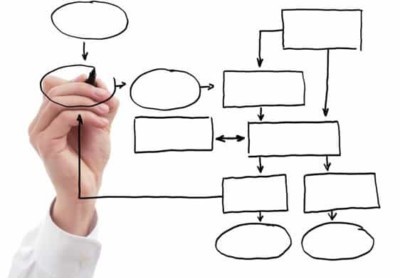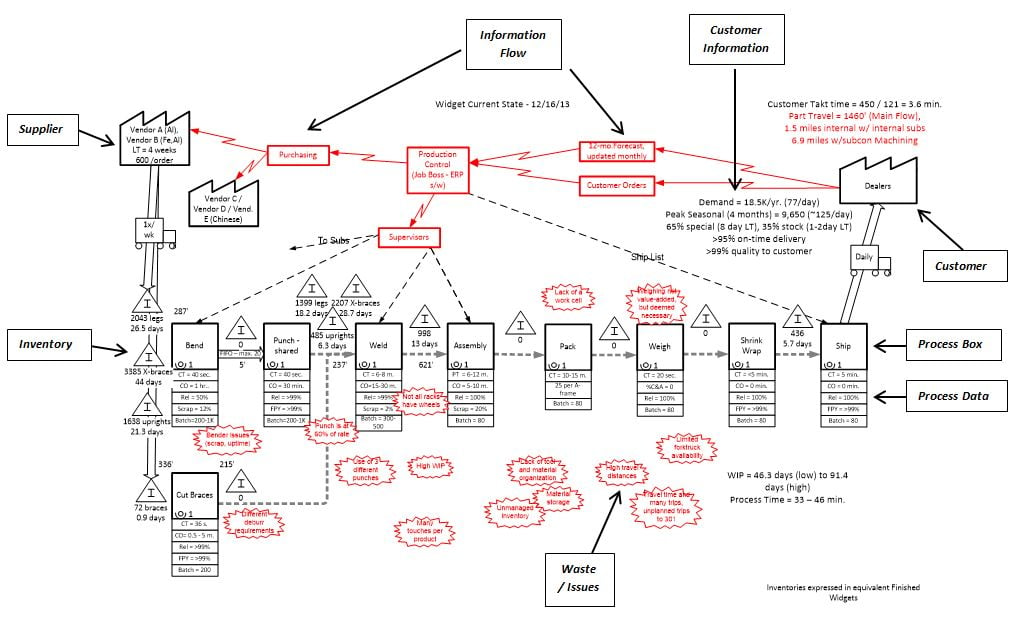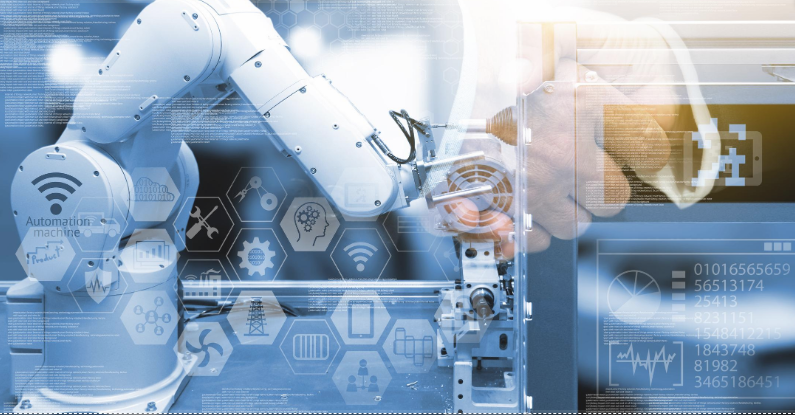This is an original article from NIST's Blogrige, the official Baldrige Blog, written by Christine Schaffer.
The national Baldrige Performance Excellence Program's website is the source of the regularly updated, widely validated leadership-and-management-strengthening tool known as the Baldrige Excellence Framework (which includes the Criteria for Performance Excellence).
Are you already using this comprehensive self-assessment guide to strengthen your organization’s performance?
If not, would you like to benefit from improvements and innovation in your approaches to leadership, strategy, customers, knowledge management and performance measurement, workforce, operations—and get better results in all these areas?

